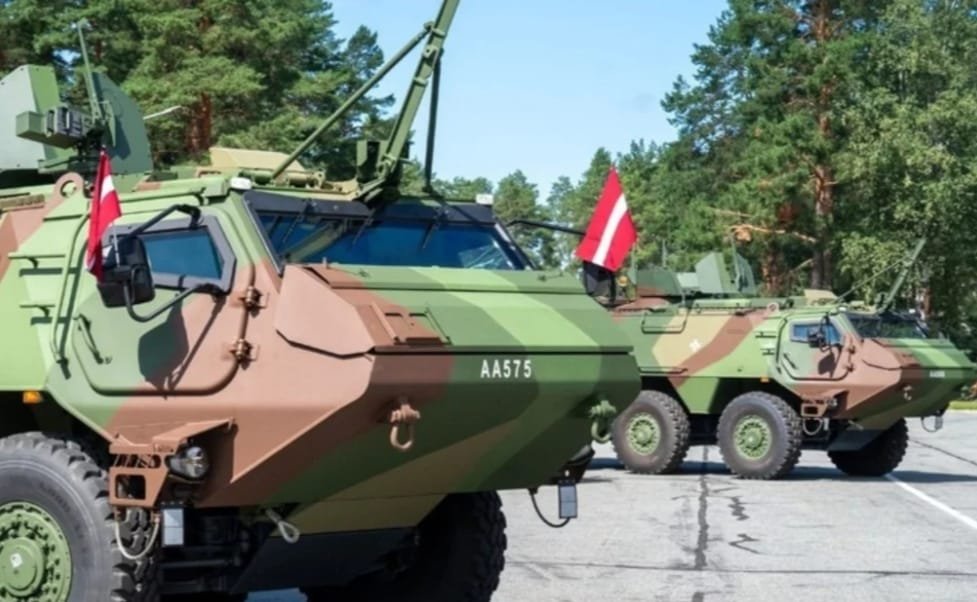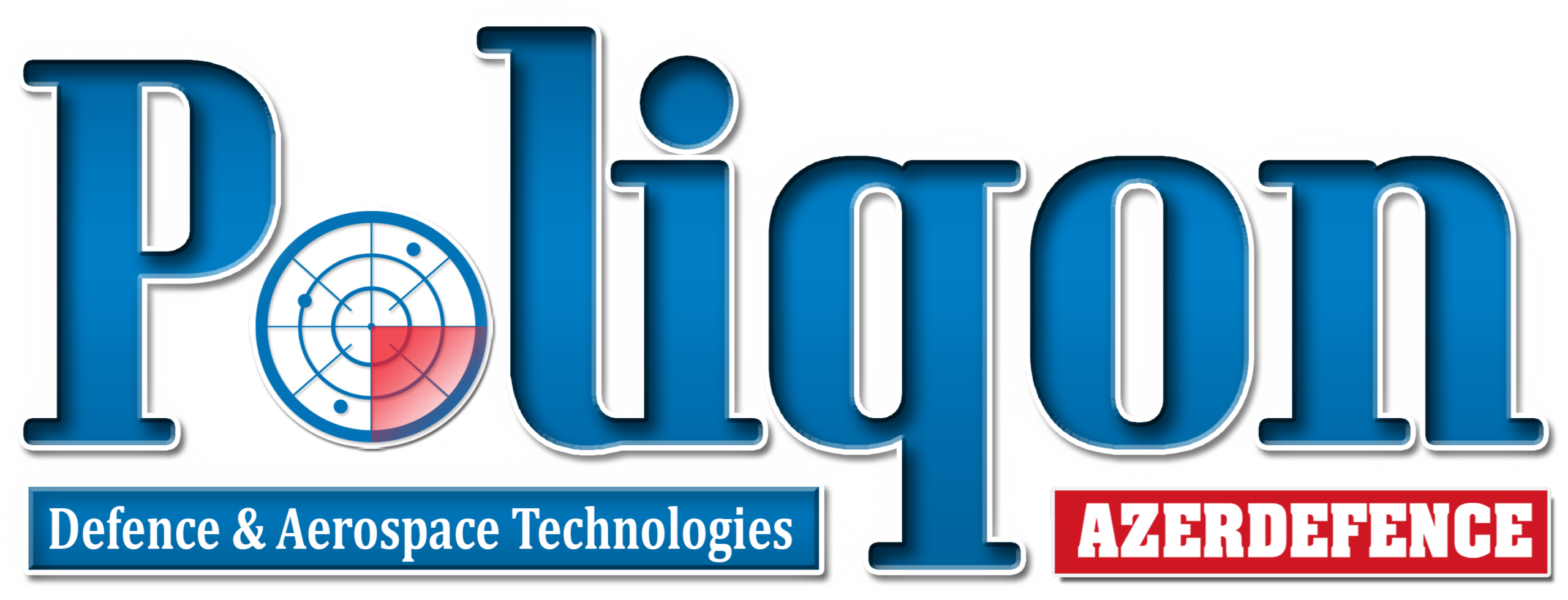
Patria, Finland, and Latvia Sign Life Cycle Management Contract for CAVS Program Based on PATRIA 6X6
On August 8, 2024, Patria signed a Life Cycle Management (LCM) contract with Finland and Latvia, advancing the multinational Common Armoured Vehicle System (CAVS) program, which is based on the Patria 6×6 vehicle. This agreement aims to strengthen the CAVS commonality principle, ensuring long-term cooperation and cost efficiency throughout the system’s lifecycle. The contract also allows other participating CAVS countries to join in the future.
The Patria 6×6 is a versatile armored vehicle designed to provide optimal mobility and protection on various terrains. Production of the Patria 6×6 began in 2020, with initial orders placed by countries such as Finland, Latvia, and Sweden as part of the CAVS program. The vehicle is designed to meet modern military requirements, offering great modularity and increased transport capacity. The Patria 6×6 can carry up to 10 fully equipped soldiers and is equipped with various weapon and communication systems. The first deliveries are underway, with plans to produce around 30 armored vehicles per year, 25 of which will be delivered to the National Armed Forces (NBS) of Latvia this year.
The Patria 6×6 is an imposing vehicle with impressive technical specifications: it measures 7.5 meters in length, 2.5 meters in height, and 2.9 meters in width. The vehicle has a maximum payload of 8,500 kg and a maximum combat weight of 24,000 kg. It can reach a top speed of over 100 km/h, climb slopes of up to 60%, and cross obstacles up to 0.6 meters and trenches of 1.2 meters. The vehicle has a water fording capability of up to 1.5 meters, with an optional flotation feature allowing speeds of 6 to 8 km/h in water. It is powered by a 5-cylinder inline diesel engine producing 294 kW of power and 1870 Nm of torque, coupled with a 7+2 speed automatic transmission, and offers an operational range of over 700 km.
The Patria 6×6 also incorporates a modular protection system against bullets, mines, and improvised explosive devices (IEDs), which can be adapted to meet customer needs. The vehicle is ready for future protection technologies, and its maintenance-free LED lights reflect its modern design. The independent suspension with double wishbone coil springs and hydraulic shock absorbers, along with hydraulically assisted steering, ensure optimal maneuverability and comfort even on rough terrain.
The LCM contract between Patria, Finland, and Latvia establishes a collaborative framework for the provision of essential lifecycle management services to maintain the operational readiness of CAVS vehicles and related capabilities throughout their lifespan. This agreement is expected to strengthen national supply security among partner nations by aligning lifecycle management services and products across the involved countries.
The CAVS LCM contract is based on Patria’s OPTIME service concept, a modular service model designed to meet specific customer needs. This model covers a broad range of services and solutions, all aimed at maximizing fleet availability. The inclusion of the LCM contract in the CAVS program adds to the existing framework agreements on research and development, manufacturing, and sustainment, thus providing a comprehensive contractual structure for managing the entire lifecycle of the vehicles.
Mats Warstedt, Senior Vice President for the Nordics at Patria, emphasized the significance of this LCM contract, noting that it marks the CAVS program’s entry into the sustainment phase, ensuring long-term cooperation to keep the fleets fully operational. Additionally, this contract is the first to be based on Patria’s OPTIME service concept, representing an important milestone for this customer-tailored service model.
The Patria 6×6 vehicle was chosen as the common platform for the multinational CAVS program in 2020. Deliveries of these vehicles are currently underway to Latvia, Finland, and Sweden. To date, Patria has received orders for nearly 700 Patria 6×6 vehicles. The CAVS program remains open to European countries with similar equipment requirements, subject to the approval of the participating nations.


